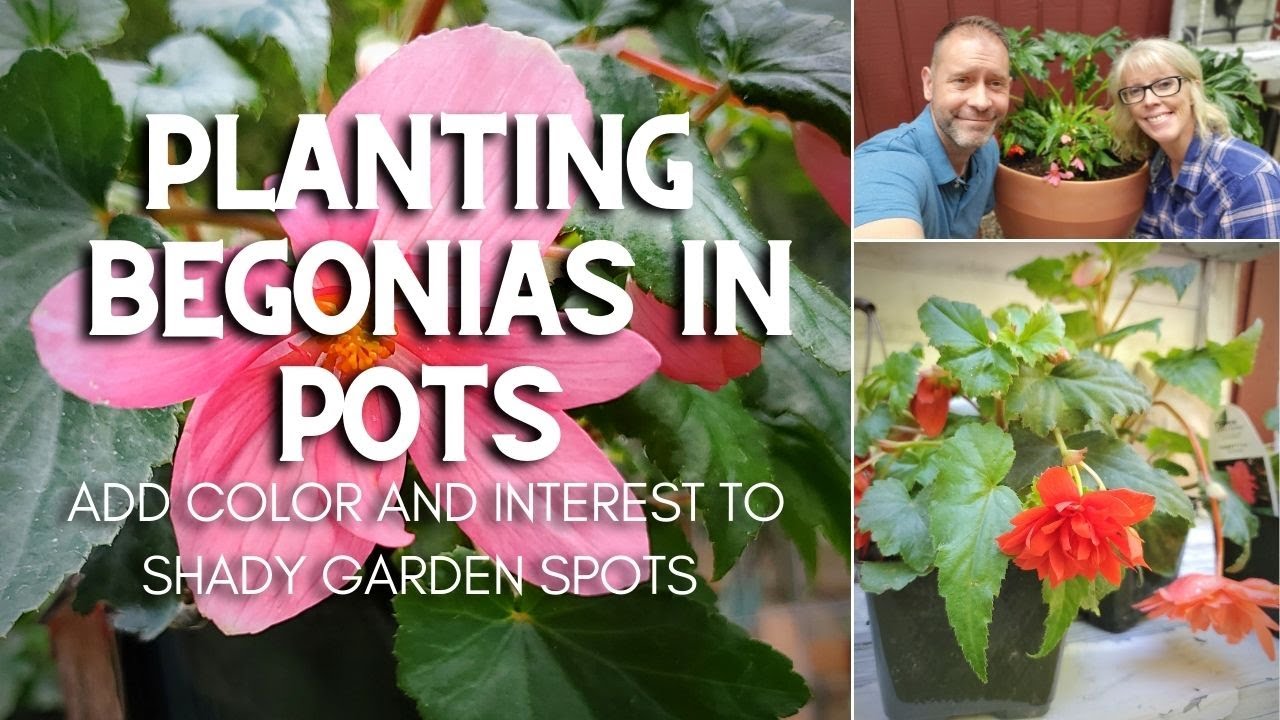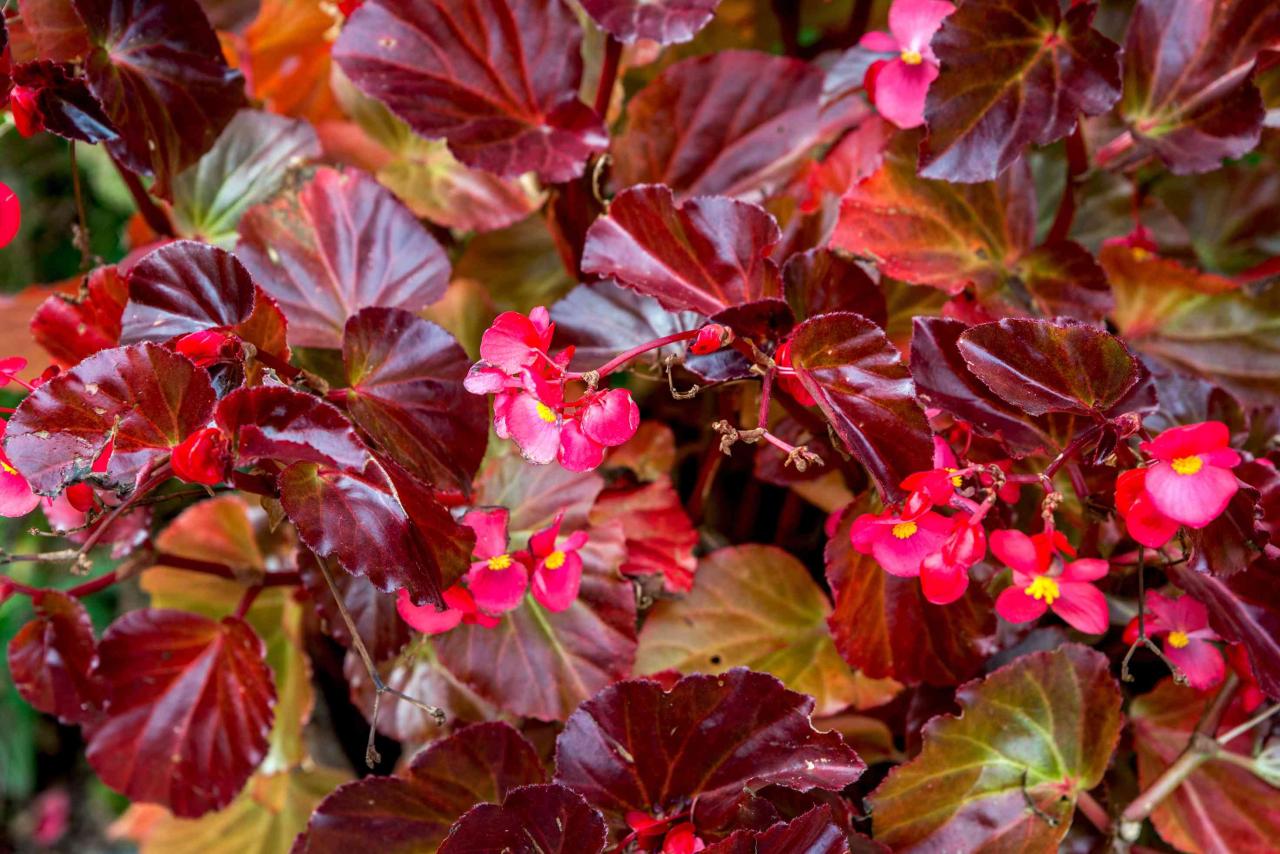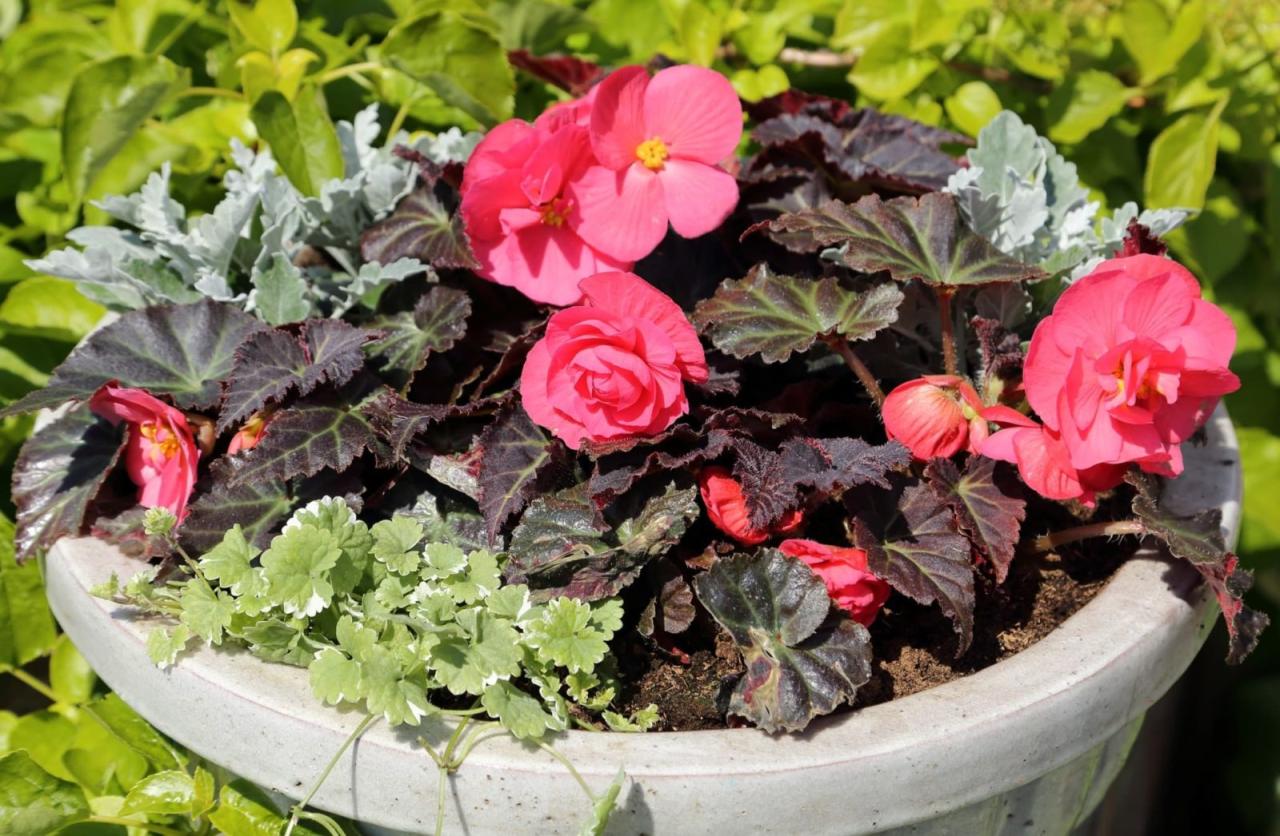Planting begonias in pots can be an immensely rewarding endeavor for gardeners, whether you are a novice or a seasoned horticulturist. These vibrant and versatile plants offer a burst of color and foliage that can brighten any space, making them an excellent choice for container gardening. In this article, we will explore everything you need to know about planting begonias in pots, including tips, care requirements, and more. Let’s dig in! 🌸
Choosing the Right Begonia Variety

There are over a thousand species of begonias, but not all are suitable for pot planting. Here are some popular types to consider:
| Begonia Type | Description | Ideal Conditions |
|---|---|---|
| Begonia Semperflorens | Known for its vibrant flowers, it’s great for borders and pots. | Partial shade, moist soil |
| Begonia Rex | Famous for its colorful and patterned leaves; ideal for indoor pots. | Indirect sunlight, well-drained soil |
| Begonia Tuberhybrida | These are the classic garden begonias with showy blooms. | Full sun to partial shade, rich soil |
Supplies Needed for Planting
Before you start planting, gather the necessary supplies:
- Pots: Choose pots with drainage holes to prevent waterlogging.
- Potting Mix: A well-draining potting mix is essential for healthy roots.
- Watering Can: For consistent moisture, but not overwatering.
- Fertilizer: A balanced, water-soluble fertilizer can promote blooming.
> Important Note: Always select a pot that is at least 6-8 inches deep to accommodate the root system of begonias.
Steps for Planting Begonias in Pots
1. Preparing the Pot
Start by selecting your pot and ensure it has drainage holes. Fill the bottom with a layer of gravel or stones to enhance drainage.
2. Adding Potting Mix
Next, fill the pot with a high-quality potting mix. Leave about an inch of space at the top for watering. Mix in some slow-release fertilizer as per the package instructions to give your begonias a nutrient boost.
3. Planting the Begonia

Make a hole in the center of the soil, deep enough to accommodate the root ball of the begonia. Place the plant in the hole and cover the roots with soil, gently pressing down to eliminate air pockets.
4. Watering the Plant
After planting, give your begonia a good drink of water until it flows from the drainage holes. This initial watering helps to settle the soil around the roots. Be careful not to overwater; begonias prefer moist, but not soggy, soil.
Ideal Care for Potted Begonias: Planting Begonias In Pots
Caring for your begonias is essential for their health and vibrancy. Here are some key care tips:
Light Requirements
Begonias thrive in bright, indirect sunlight. Direct sunlight can scorch their leaves, while too little light may lead to leggy growth and fewer blooms. Find a suitable spot either indoors or outdoors that meets these light requirements. ☀️
Watering Practices
Water your begonias when the top inch of soil feels dry. It’s essential to maintain consistent moisture, especially during hot weather. Remember, they prefer humidity, so misting the leaves occasionally can be beneficial.
Fertilizing Your Begonias
Feed your begonias every 4-6 weeks during the growing season with a balanced, water-soluble fertilizer. Follow the label instructions for best results, and be cautious not to over-fertilize, as this can harm the plant.
Pruning and Deadheading
To encourage more blooms, regularly deadhead spent flowers. Pruning also helps maintain the shape and health of the plant. Remove any yellowing or damaged leaves to promote better air circulation around the plant.
Common Pests and Diseases
Potted begonias can be susceptible to pests and diseases. Keep an eye out for:
- Aphids: Tiny insects that suck sap from the leaves. Use insecticidal soap to treat.
- Powdery Mildew: A fungal disease often caused by overcrowding and poor air circulation. Increase air circulation and remove affected leaves.
- Root Rot: Often a result of overwatering. Ensure pots have good drainage to prevent this issue.
> Important Note: Regularly inspect your plants for any signs of distress and address issues promptly to keep your begonias thriving.
When and How to Repot Your Begonias
Begonias will eventually outgrow their pots. It’s typically advisable to repot them every 1-2 years. Here’s how:
1. Timing, Planting Begonias In Pots
The best time to repot begonias is in the spring as they enter their growing season. This allows them to recover quickly from the shock of repotting.
2. Removing the Plant
Carefully remove the begonia from its old pot. You may need to gently loosen the soil around the edges. Be cautious not to damage the roots.
3. Selecting a New Pot
Choose a new pot that is 1-2 inches larger in diameter than the previous one. Ensure it has proper drainage holes.
4. Replanting
Add fresh potting mix to the bottom of the new pot, place the begonia in, and fill around it with new soil. Water thoroughly after repotting.
Tips for Growing Healthy Begonias in Pots
Here are a few final tips to ensure your begonias thrive:
- Keep an eye on humidity levels; begonias enjoy higher humidity.
- Rotate your pots occasionally to ensure even light exposure.
- Use a moisture meter to ensure proper soil conditions.
By following these guidelines for planting begonias in pots, you can enjoy a flourishing display of color and beauty in your garden or home. With proper care and attention, these delightful plants will surely become a highlight of your gardening experience! 🌼
